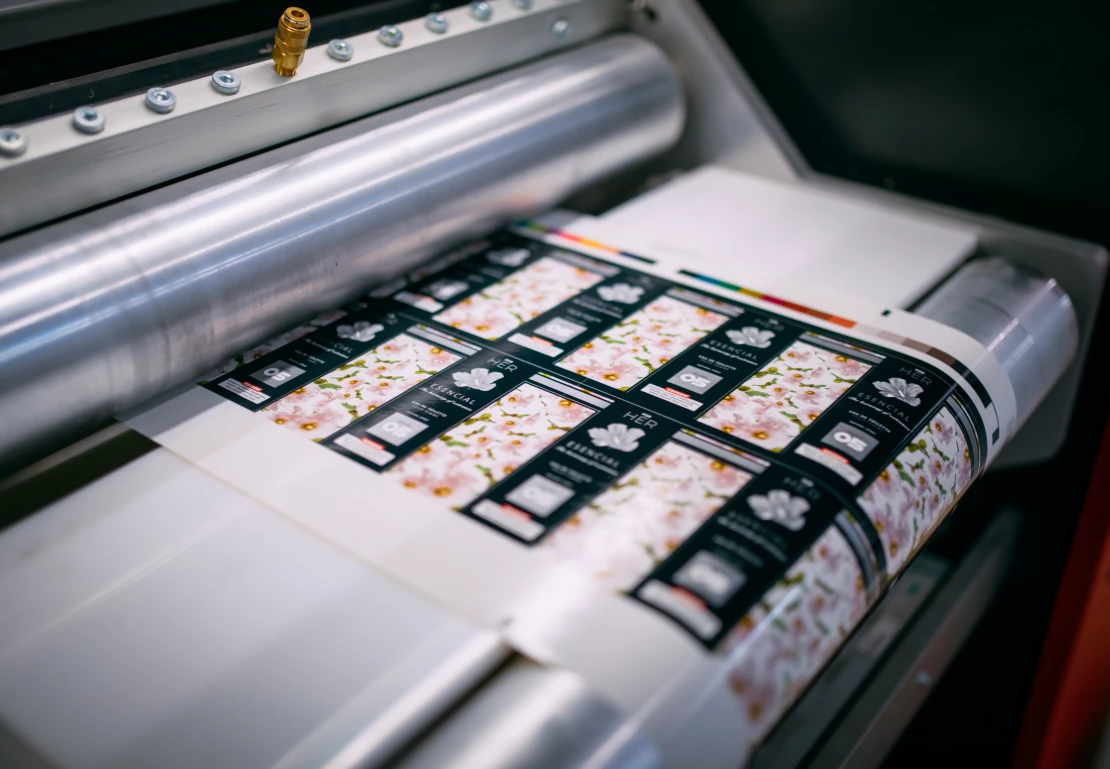
How to Label Artwork: An Exclusive, Life-Changing Guide?
Share
The importance of properly labeling artwork cannot be overstated. In the world of art, especially for creators and curators, how to label artwork is a question that bears significant weight. In this article, we will delve into the remarkable techniques, tools, and best practices that will allow you to label your artwork effectively, ensuring that each piece receives the respect and recognition it deserves.
Labeling artwork is not just about placing a sticker on a canvas. It's about sharing the story behind the piece, the artist, and the inspiration that drove its creation. The right label can transform a viewing experience from a mundane encounter into a memorable engagement. So, if you're an artist, gallery owner, or even an enthusiastic collector, understanding how to label artwork effectively can be both a skill and an art form in its own right.

Importance of Labeling Artwork
Labeling artwork serves several essential purposes. First, it provides critical information about the piece and the artist. Second, it enhances the viewing experience by creating a context for the artwork. As technology continues to evolve, so too does the methods we use to label.
In galleries, museums, and private collections, labels offer visitors an opportunity to understand the significance of what they are viewing. They inform on the artist's background, the year of creation, techniques used, and the inspiration behind the piece.
Key Elements to Include When Labeling Artwork
When thinking about how to label artwork, keep in mind these key elements to ensure each label is engaging and informative:
- Artists Name: Always include the artist's name as it establishes authenticity.
- Title of the Artwork: Give the piece its rightful name to foster recognition.
- Year of Creation: This provides historical context and helps viewers understand the period the artwork comes from.
- Medium: Include the materials used to create the piece (e.g., oil, acrylic, mixed media). This opens up discussions about techniques.
- Dimensions: Providing the size of the artwork can help viewers imagine its presence.
- Exhibition History: If applicable, state where the artwork has been exhibited, as this can add value.
- Contact Information: If you are an artist or exhibitor, including contact information facilitates further communication.
Technology and Labeling Artwork
The evolution of technology has transformed the way we approach how to label artwork. Innovative software and tools can streamline the process, making it easier to create visually appealing labels.
Digital label making, for example, allows for customization and quick edits. You can explore various online platforms that offer templates and tools to create your artwork labels efficiently. Websites such as How to Print Labels provide further insights into this technology.
Best Practices for Labeling Artwork
Here are some best practices to consider when creating your artwork labels:
- Be Clear and Concise: While it's essential to include necessary information, ensure the label is readable. Avoid overcrowding it with excessive details.
- Use Quality Materials: Use high-quality materials for the labels that can withstand time, humidity, and changes in light.
- Typography Matters: Choose fonts that are legible from a distance. A consistent typography across your labels can enhance professional appearance.
- Color and Design: The use of colors can draw attention but ensure they complement the artwork rather than distract from it.
Choosing the Right Labeling Software
When considering how to label artwork, identify software that meets your needs. Features to consider include:
- Template selections
- Customization options
- Print quality
- User-friendly interfaces
Software options like Microsoft Word, as outlined on Printing Labels in Word, can be highly customizable for small art projects. Advanced options are available on sites like Make Labels with Word.
Common Mistakes to Avoid
Here are common pitfalls when it comes to labeling artwork:
- Neglecting Information: Omitting key details can confuse the viewer.
- Overly Complicated Text: Using jargon or overly intricate sentences can make the label less effective.
- Poor Placement: Ensure your labels are placed at eye level for better visibility.
Trends and Innovations in Artwork Labeling
The landscape of art labeling is changing. Here are some trends:
- QR Codes: Integrated links can offer viewers access to additional resources and background information about the artwork.
- Augmented Reality: AR technology can bring labels to life, making the entire experience more interactive.
- Sustainability: Artists and labels are increasingly focusing on eco-friendly materials.
How to Create a Labeling Design
Designing a label goes beyond just filling in the information. Follow these steps to create an impactful label:
- Research Inspiration: Look into various artists' labels for insight.
- Sketch Concepts: Outline different layouts before finalizing one.
- Create Digital Versions: Use labeling software to visualize your designs.
- Seek Feedback: Share designs with peers or mentors for criticism.

FAQs about Labeling Artwork
What materials should I use for my labels?
Choose durable, moisture-resistant materials for outdoor exhibitions, such as vinyl or synthetic paper. For indoor galleries, high-quality cardstock often suffices.
How can I make my labels stand out?
Focus on clear, concise text and leverage exciting typography, color combinations, and images that match the aesthetics of your artwork.
Can I use technology to print my labels?
Yes! There are various software applications available for printing labels, as well as services that can print them for you.
As an Amazon Associate, I earn from qualifying purchases.
